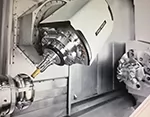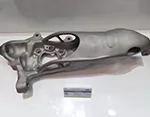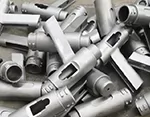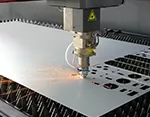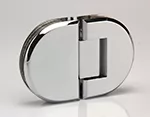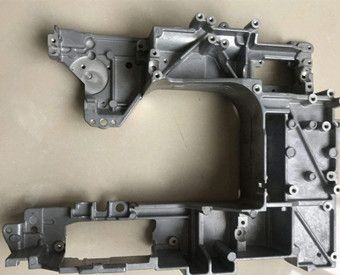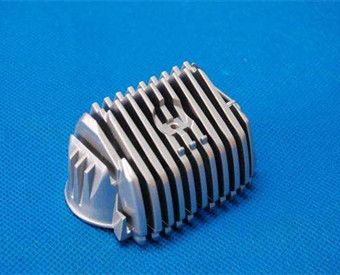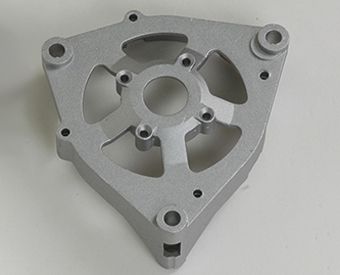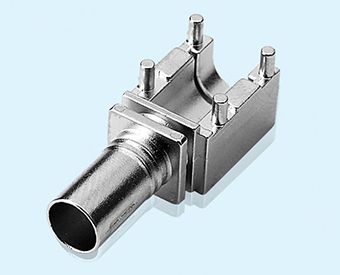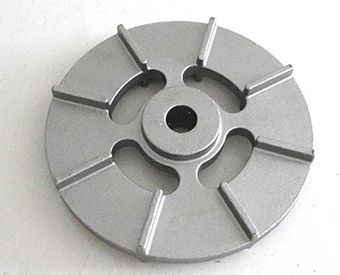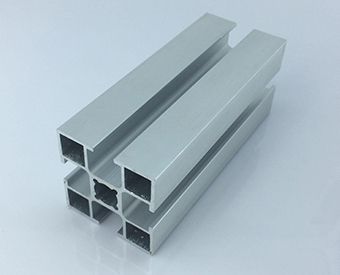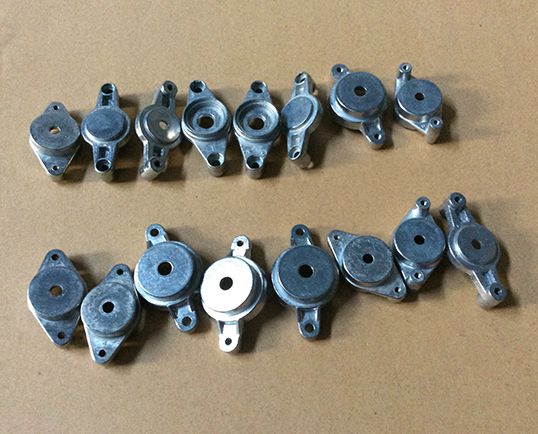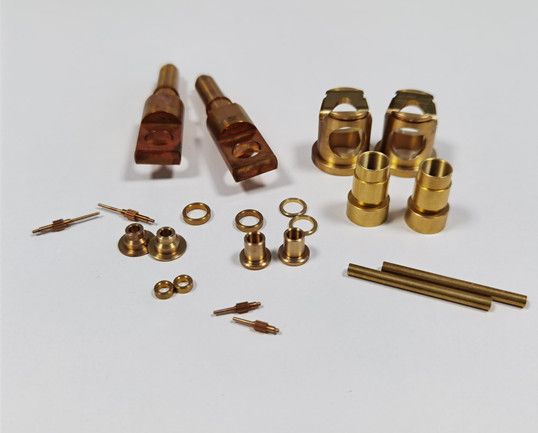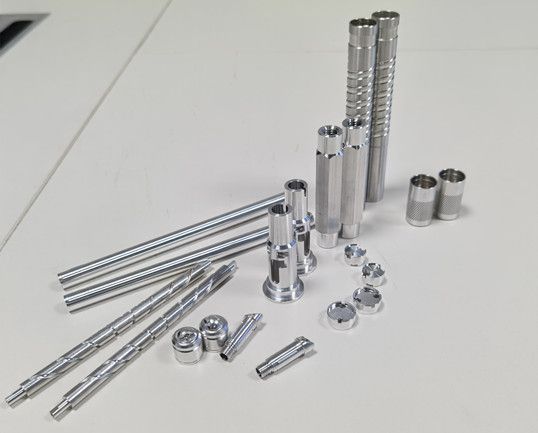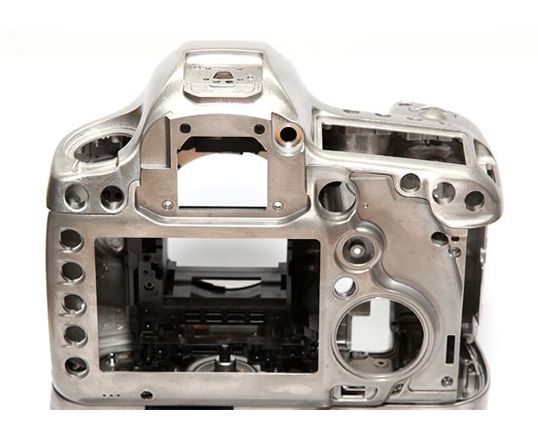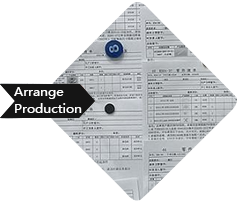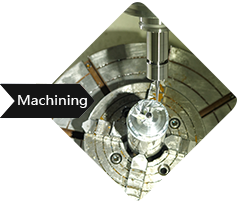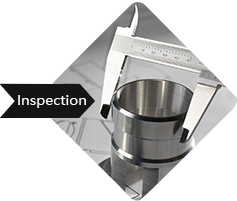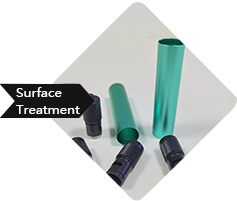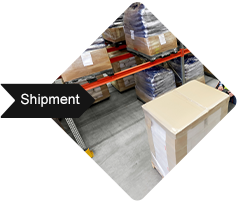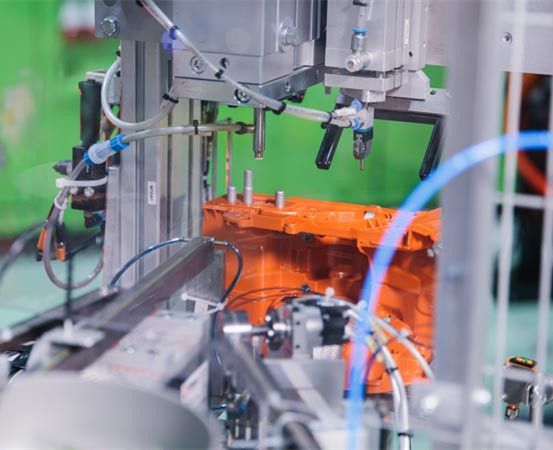-
Service
+
- CNC Precision Machining Service +
- Multi-Axis Simultaneous Machining Service +
- CNC Turning Service +
- Metal 3D Printing Service +
- Rapid Prototyping Service +
- Die Casting Service +
- Sheet Metal Fabrication Service +
-
Finish Serivces
+
- Polishing
- Grinding
- Brushed Finish
- Sand blasting
- Painting
- Powder Painting
- Anodizing
- Hard anodizing Service
- Passivation
- Zinc Plating
- Nickel Plating
- Chrome Plating
- Blackening
- Black Zinc Plating
- Teflon Coating
- Titanium Coating
- DLC Coating
- Laser Marking
- Silk Screen Printing
- Transfer Printing
- Micro Arc Oxidation
- Industries +
- About Us +
- Resource +
- Contact Us
- Quote

-
Service
-
>
-
>
-
>
-
>
-
>
-
>
-
>
-
>
-
- Industries
- About Us
- Resource
- Contact Us
Die Casting Service is suit for the mass production of complex metal parts. The low melting point metals are often used, such as aluminium, zinc and magnesium. Pressure die casting is widely used due to its reliability, accuracy and good price. The main die casting services of Kesu Group are aluminium die casting, zinc die casting, steel casting and aluminium extrusion profile.
Die Casting Equipment
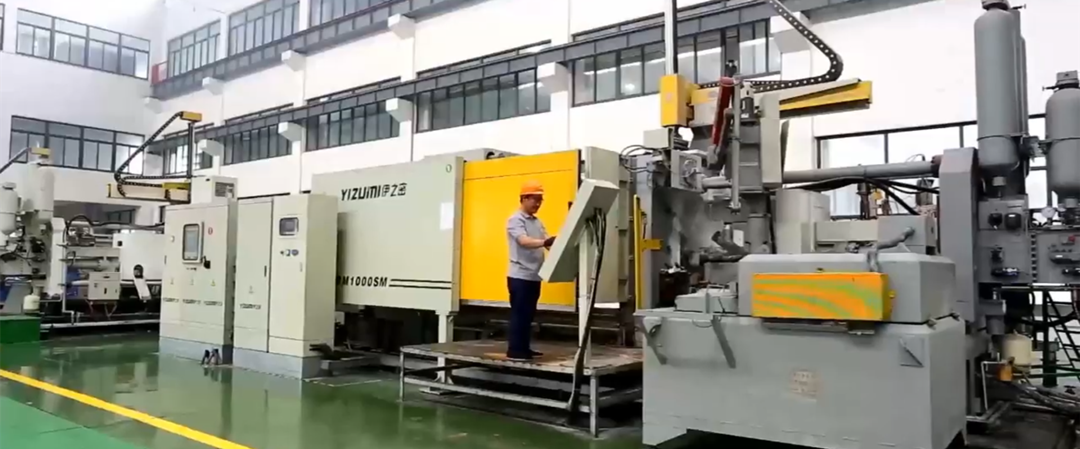
Inspection Equipment
| Equipment | Quantity | Brand |
| CMM | 2 | LEAD |
| 2.5D | 3 | |
| XRF Spectrometer | 1 | HITACHI |
| Altimeter | 1 | |
| Calliper | 20 | |
| Micrometer | 10 |
Zinc Alloy is low melting point alloy with great fluidity, and easy for welding, brazing and reform processing, and it is widely used in the casting industry.
Alloys:
Z13001, Z15001, Z19001 ...
Finish Options:
A. Polishing, B.Grinding, C.Sandblasting, D. Nickle Plating, E.Painting
Brass is a free machining metal, and it is commonly used for a variety of parts including gears, lock components, pipe fittings, and ornamental applications.
Alloy:
Brass-H59, Brass-H62, Brass-H59, Brass-H62, Brass-HA177-2, Brass-HMn58-2, Brass-HPb59-1, Brass-HSn62-1...
Finish Options:
A.Polishing, B.Grinding, C.Brushing, D.Laser Marking, E.Silk Screen, F.Transfer Printing.
Aluminum is one of the most commonly used metals in machining, as it has excellent strength-to-weight ratio, low cost, and recyclability.
Alloys:
AL5052-T651, AL6061-T651, AL 7075-T651, AL6082-T651...
Finish Options:
A.Polishing, B.Grinding, C.Brushing, D.Sandblasting, E.Painting, F.Powder Painting, G.Anodizing , H.Hard anodized, I.Teflon Coating, J.Laser Marking, K.Silk Screen, L.Transfer Printing.
Magnesium Alloy is a high strength alloy with low density, and is widely used in aviation, aerospace and transportation etc.
Alloys:
AZ31, AZ41, AZ61...
Finish Options:
A.Polishing, B.Brushing, C.Sandblasting, D. Micro Arc Oxidation
| ISO 2768-M | |
| Table 1 - Linear Dimensions | |
| Permissible deviations in mm for ranges in nominal lengths | Tolerance Class Designation (Description) |
| m (medium) | |
| 0.5 up to 3 | ±0.1 |
| over 3 up to 6 | ±0.2 |
| over 6 up to 30 | ±0.3 |
| over 30 up to 120 | ±0.5 |
| over 120 up to 400 | ±0.8 |
| over 400 up to 1000 | ±1.2 |
| over 1000 up to 2000 | ±2.0 |
| over 2000 up to 4000 | – |
| For nominal sizes below 0.5 mm, the deviations shall be indicated adjacent to the relevant nominal size(s). | |
Pressure Die casting is abbreviated as die casting, which is a casting method in which molten alloy liquid is poured into a press chamber, the cavity of a steel mold is filled at high speed, and the alloy liquid is solidified under pressure to form a casting.
Molds are usually made of higher-strength alloys, and this process is somewhat similar to injection molding.
The metals used for die casting mainly include zinc, copper, aluminum, magnesium, lead, tin, and lead-tin alloys. The upper mass limits for die-casting using aluminum, copper, magnesium, and zinc are 70 lbs (32 kg), 10 lbs (4.5 kg), 44 lbs (20 kg), and 75 lbs (34 kg), respectively.
Depending on the type of die casting, you need to use a cold chamber die casting machine or a hot chamber die casting machine. The difference lies in how much force they can withstand, the typical pressure range is between 400 to 4000 tons.
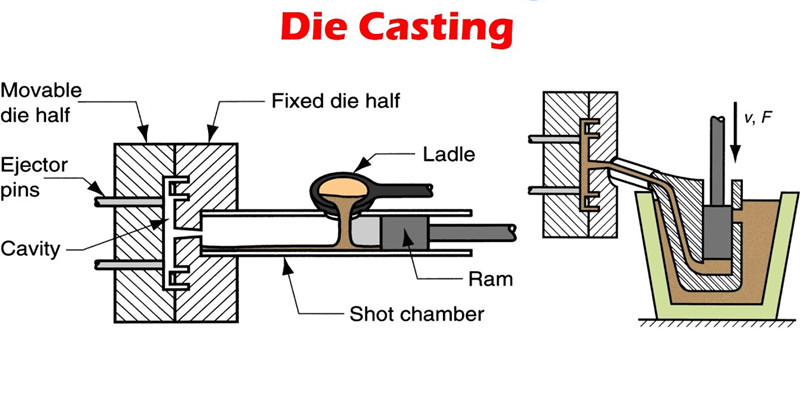
Die Casting Process
The main characteristics of die casting that distinguish it from other casting methods are high pressure and high speed.
①The molten metal fills the cavity under pressure, and crystallizes and solidifies under higher pressure. The common pressure is 15-100MPa.
②The molten metal fills the cavity at a high speed, usually 10-50 meters per second, and some can exceed 80 meters per second, (the linear velocity of the cavity through the inner gate-the inner gate speed), so the molten metal The filling time is extremely short, and the cavity can be filled in about 0.01-0.2 seconds (depending on the size of the casting).
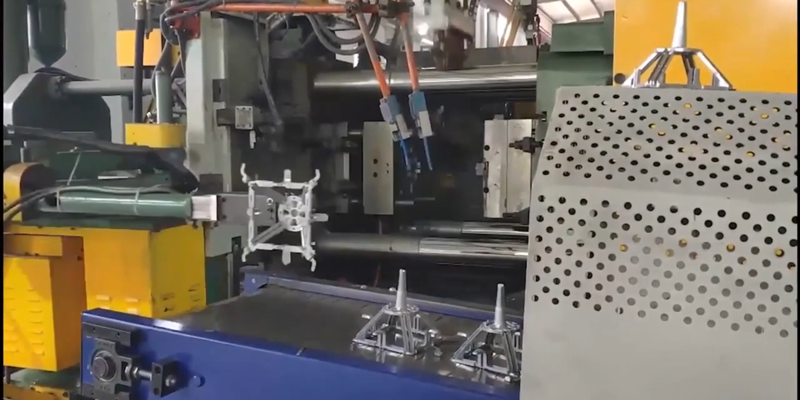
Die Casting
The cost of casting equipment and molds is high, so the die-casting process is generally only used for mass production of a large number of products. Die casting is particularly suitable for manufacturing a large number of small and medium-sized castings, so die casting is the most widely used one among various casting processes. Compared with other casting technologies, the die-casting surface is flatter and has a higher dimensional consistency.
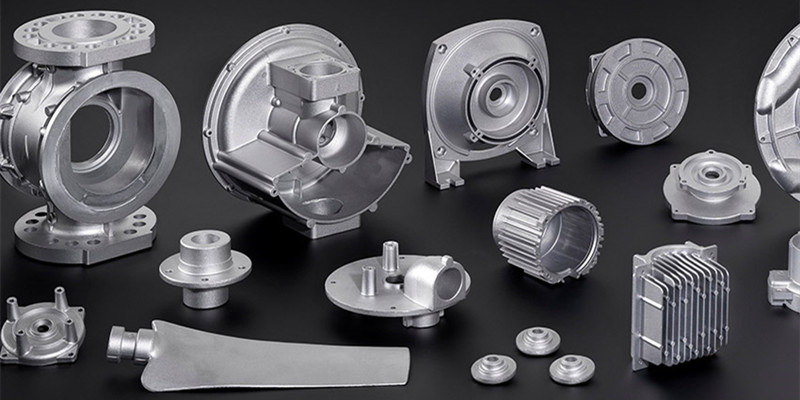
Die Casting Parts

